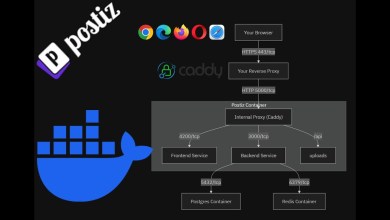[001] Link Clone VS Full Clone | Proxmox | 2024 Guide
VM Installation
Installing a VM usually requires an installation media (like a CD-ROM) from the operating system vendor. This process can be time-consuming depending on the OS.
Cloning VMs
A quicker way to deploy multiple VMs of the same type is to clone an existing VM. There are two types of clones: full clones and linked clones.
Full Clone
Independent VM: A full clone is an independent VM that does not share any storage resources with the original.
Target Storage: You can select a different storage for the new VM, allowing migration to a new location. Disk image format can also be changed if supported.
Note: Full clones read and copy all VM image data, making the process slower. Some storage types allow copying a specific snapshot, excluding additional snapshots from the original VM.
Linked Clone
Fast and Space-Efficient: Linked clones are writable copies that start with the same data as the original VM. Creating them is almost instantaneous and initially requires no additional space.
Copy-on-Write: Linked clones refer to the original image for unmodified data and write changes to a new location.
Read-Only Templates: The original volume must be read-only. You can convert any VM into a read-only template to create linked clones efficiently.
Restrictions:
You cannot delete an original template if linked clones exist.
Linked clones cannot change the target storage, as it is a storage internal feature.
You can create linked clones on different nodes if the VM is on shared storage and accessible by the target node.
#Proxmox #ProxmoxVE #Virtualization #VMwareAlternative #ProxmoxTutorials #OpenSource #ProxmoxCluster #Hypervisor #ServerManagement #ProxmoxSetup #ProxmoxBackup #KVM #ProxmoxLXC #VirtualMachines #ProxmoxHowTo #ProxmoxConfiguration #HomeLab #ProxmoxCommunity #ITInfrastructure #DataCenter
[ad_2]
source


